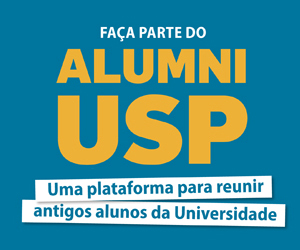Seminário do Departamento de Física Aplicada – FAP
“Food Inspired Nanomaterials for Health Applications”
Prof. Stefan Salentinig (Laboratory for Biointerfaces, Empa, Swiss Federal Laboratories for Materials Science and Technology, St. Gallen, Switzerland) - stefan.salentinig@empa.ch
Dia: 28 de maio, segunda-feira, às 14h30
Local: Auditório Adma Jafet, IFUSP.
Abstract:
Biological materials provide inspiration for the design of new materials for health applications. Liquid crystalline nanocarriers, recently discovered during the in vitro digestion of food emulsions including human breast milk, are a prototypical natural nanomaterial for the design of functional delivery systems for lipid bioactive molecules in the aqueous biological milieu.[1-3] This presentation demonstrates the food inspired engineering of biomimetic nanocarriers for the delivery and protection of poorly water-soluble antimicrobial peptides, a promising alternative to conventional antibiotics in the light of the global emergence of antibiotic resistance. It highlights the first discovery of ‘smart’ lipid-peptide nanomaterials with potential for targeting the antibacterial activity to bacteria infected locations in the body. In this system, selected antimicrobial peptides together with structure-forming lipids self-assemble in water to highly ordered nanostructures including the inverse bicontinuous and discontinuous cubic phase, inverse hexagonal structure and mixed micelles, depending on the composition and the pH of the solution.[4,5] Small angle X-ray and neutron scattering (SAXS, SANS), dynamic light scattering (DLS) and cryogenic transmission electron microscopy (cryo-TEM) showed that the peptides actively and critically integrate into the lipid nanocarriers, where they contribute to alterations in the nanostructural features. Using a microfluidic platform that was combined with synchrotron SAXS we could further demonstrate that this integration appears spontaneously within a sub-second time-scale. This ‘passive loading’ offers a facile route for the formation of these functional materials. The biophysical investigations, together with biological in vitro evaluation studies using clinically relevant bacteria strains established the composition-nanostructure-activity relationship that can guide the further design of these new antimicrobial materials.













